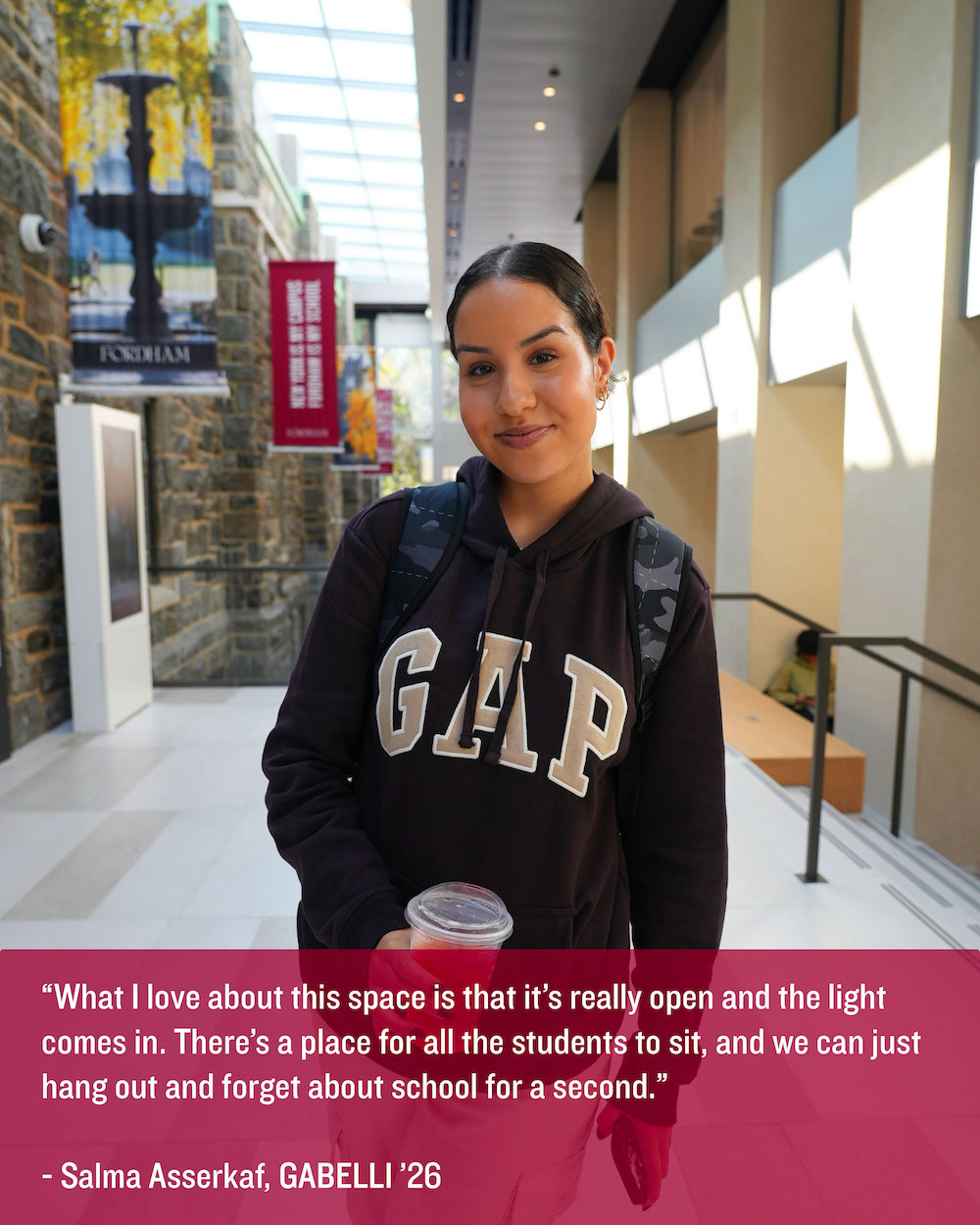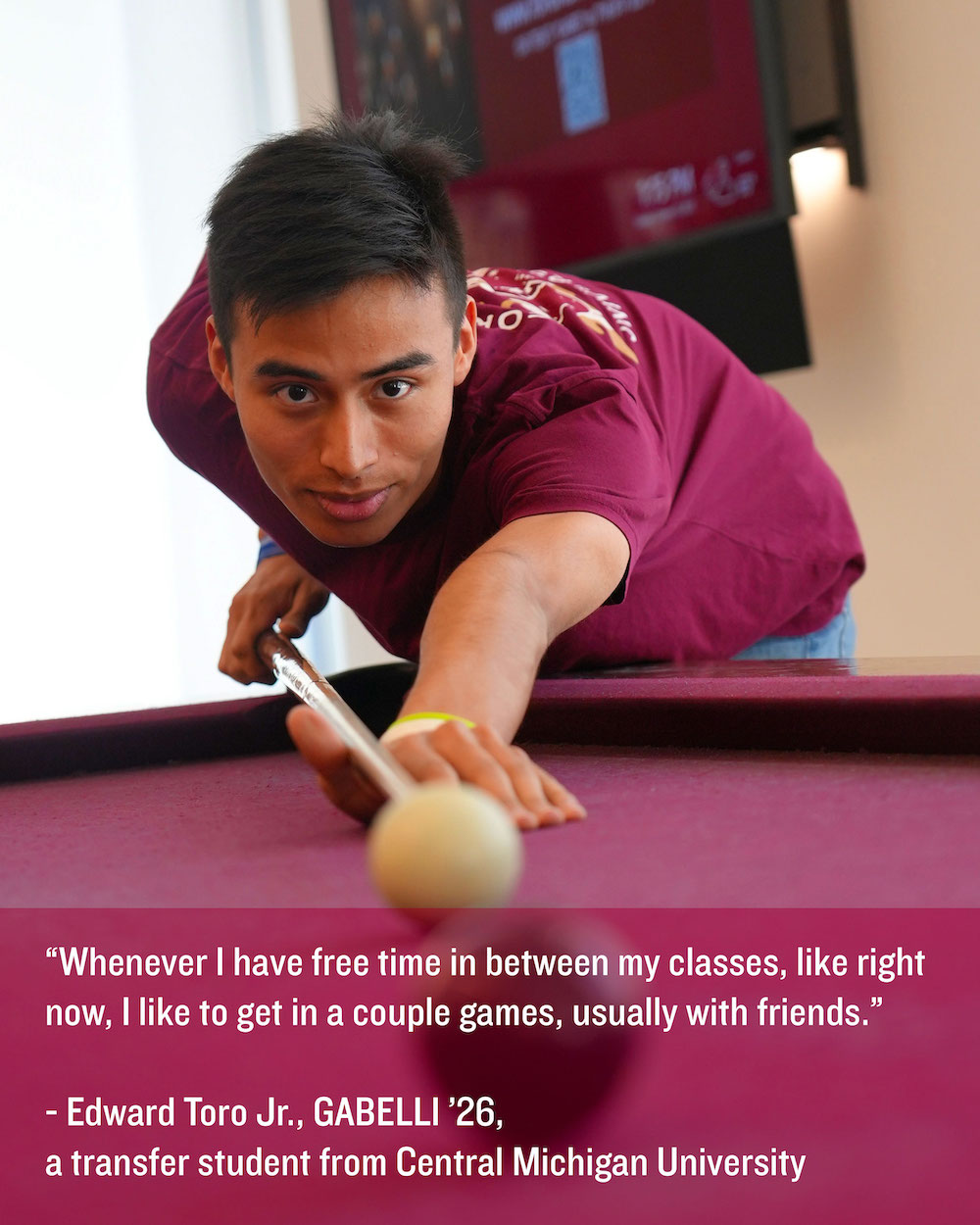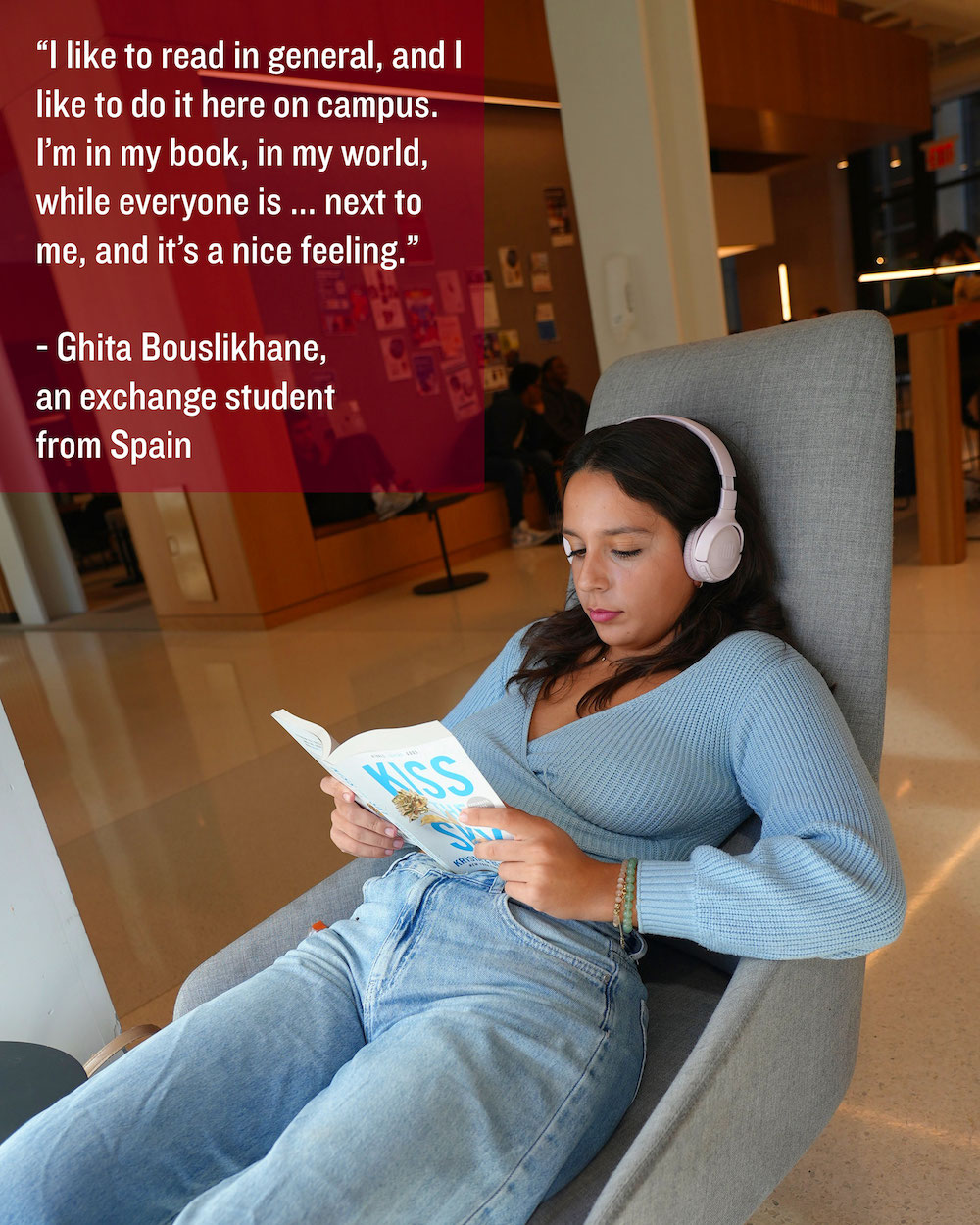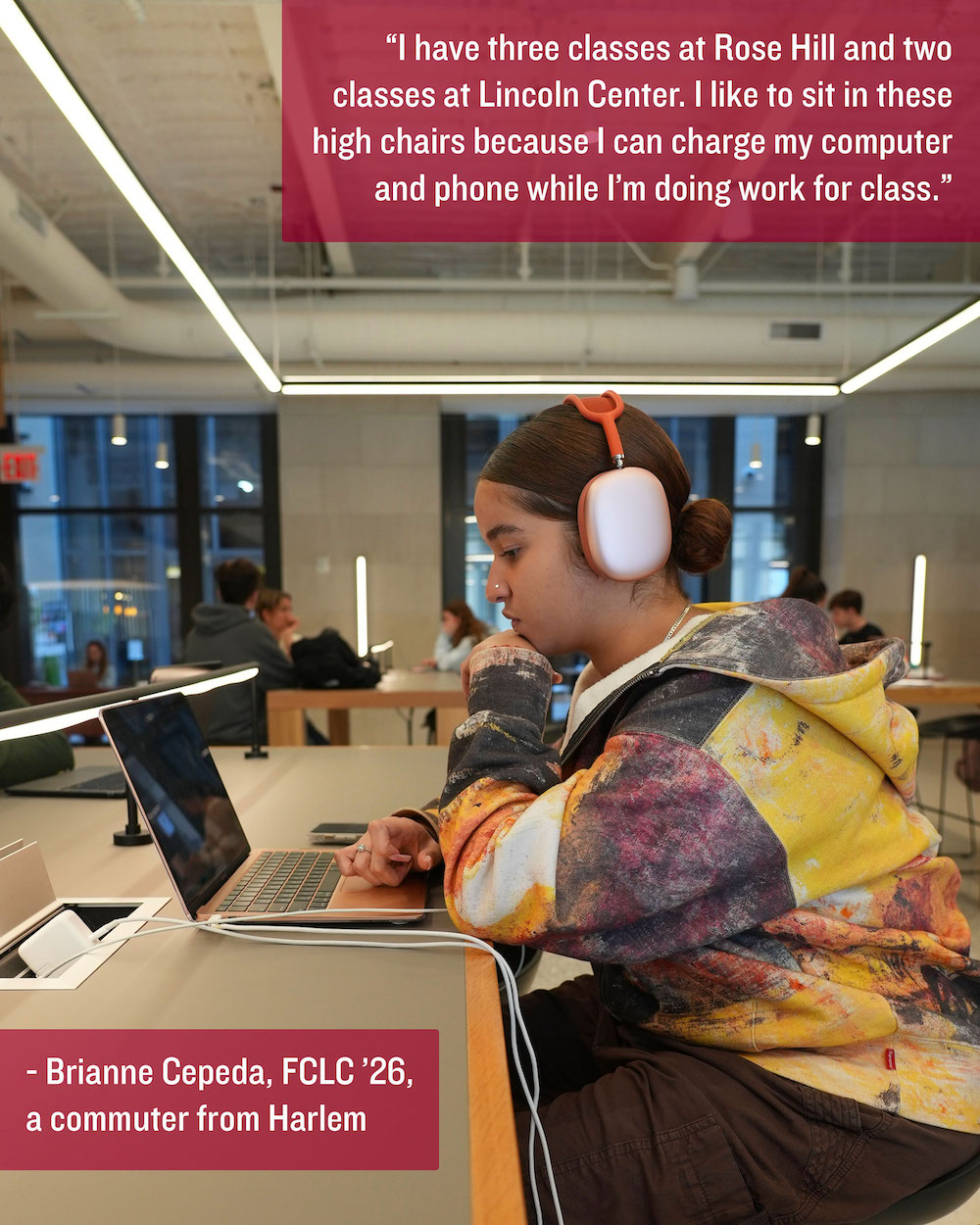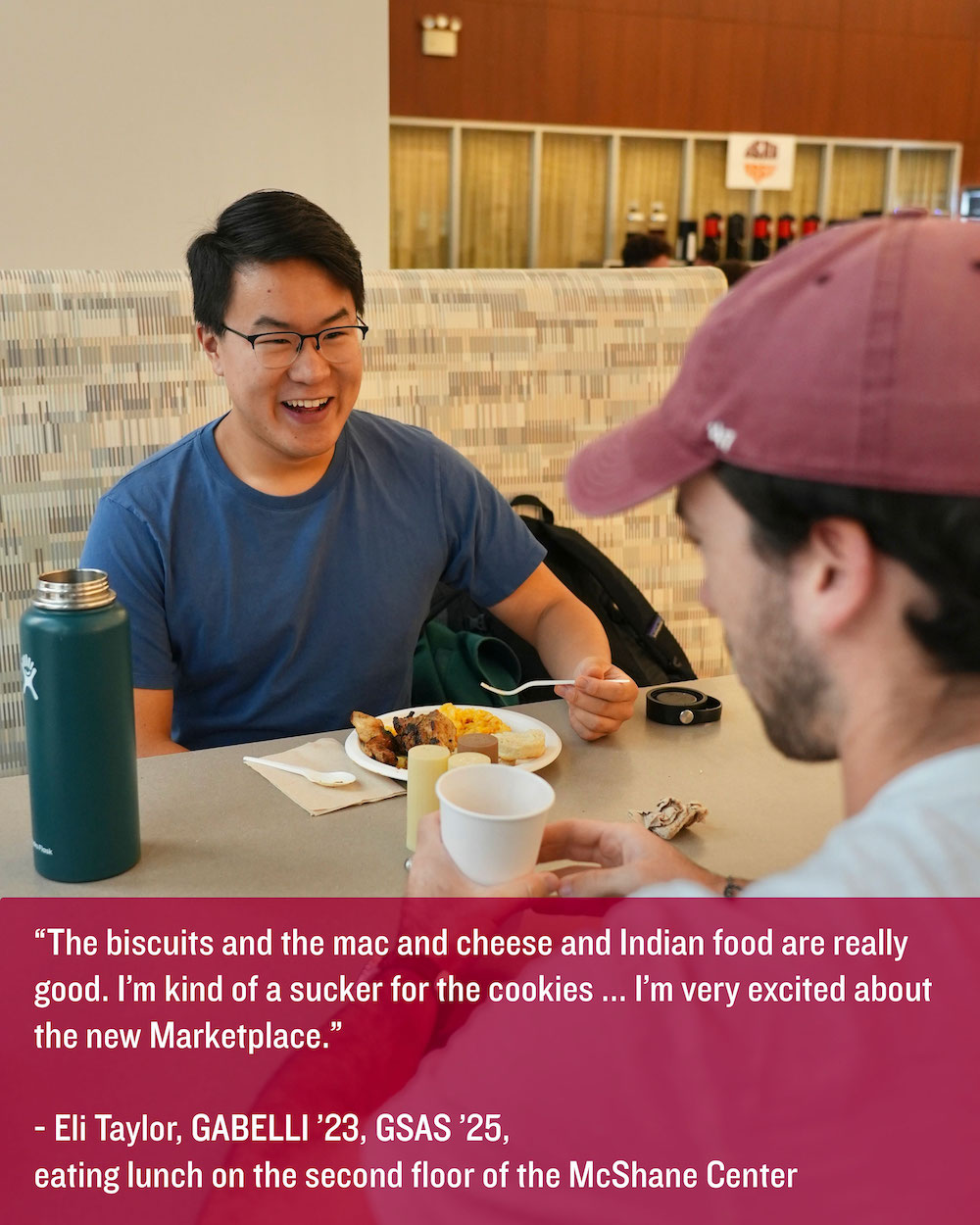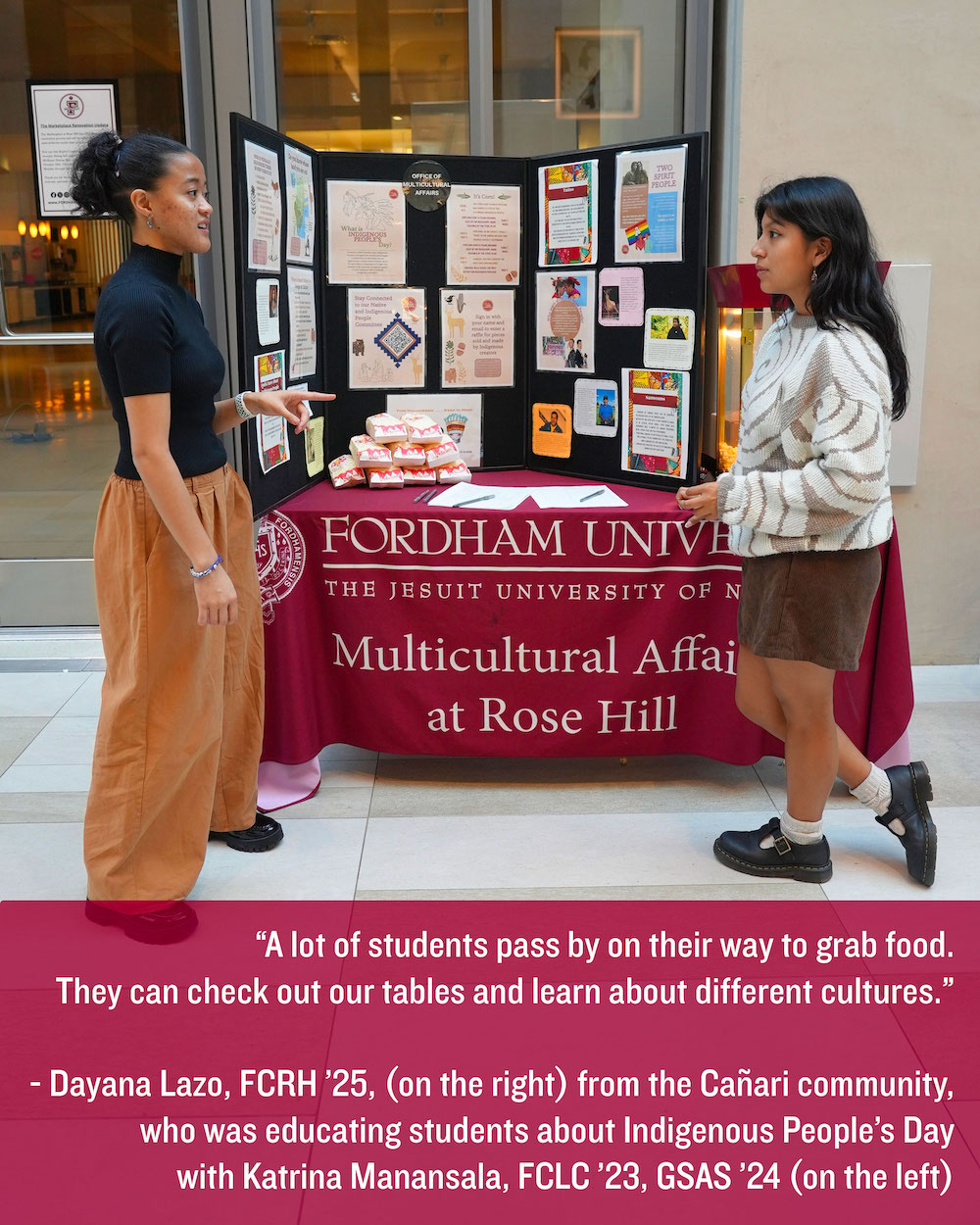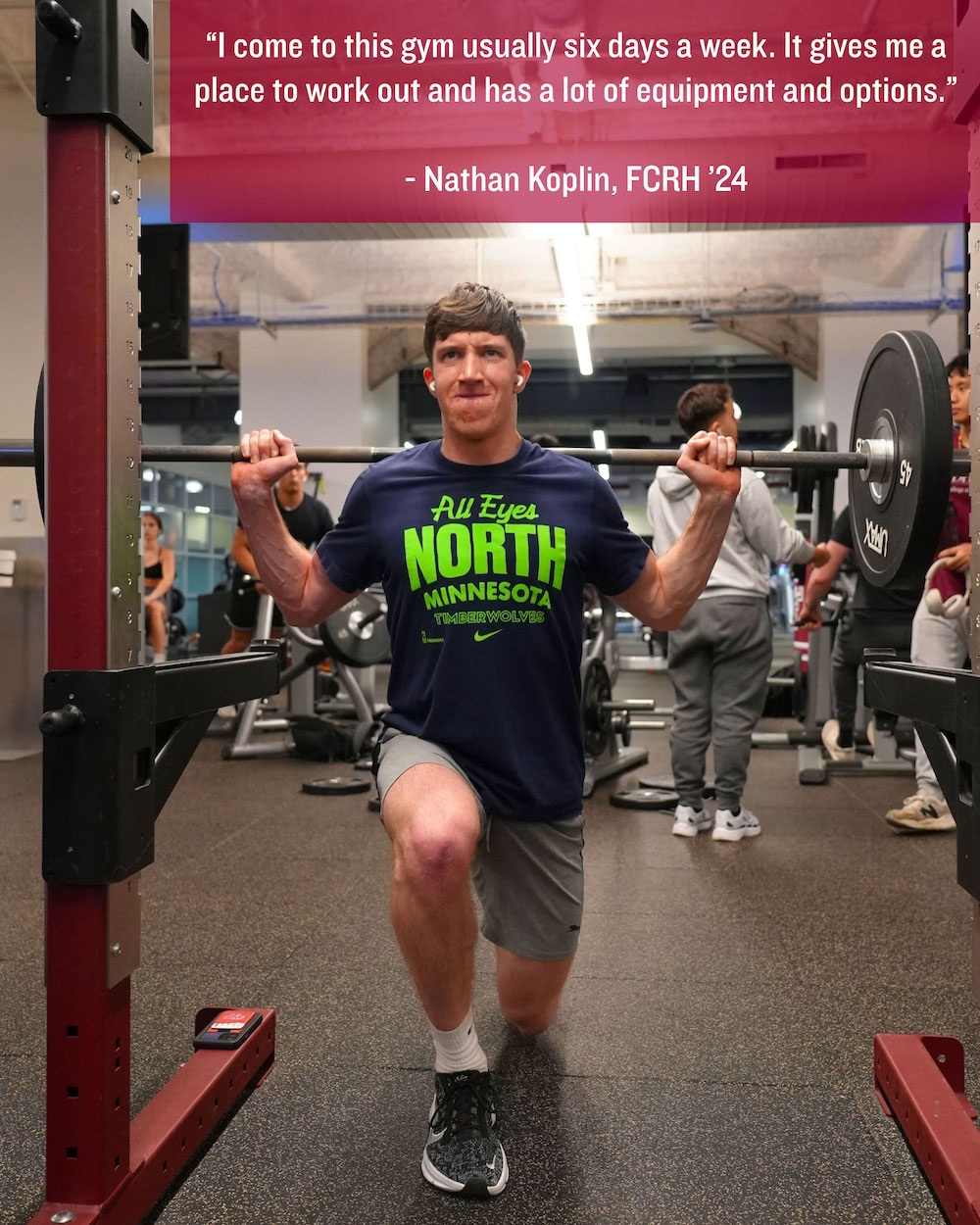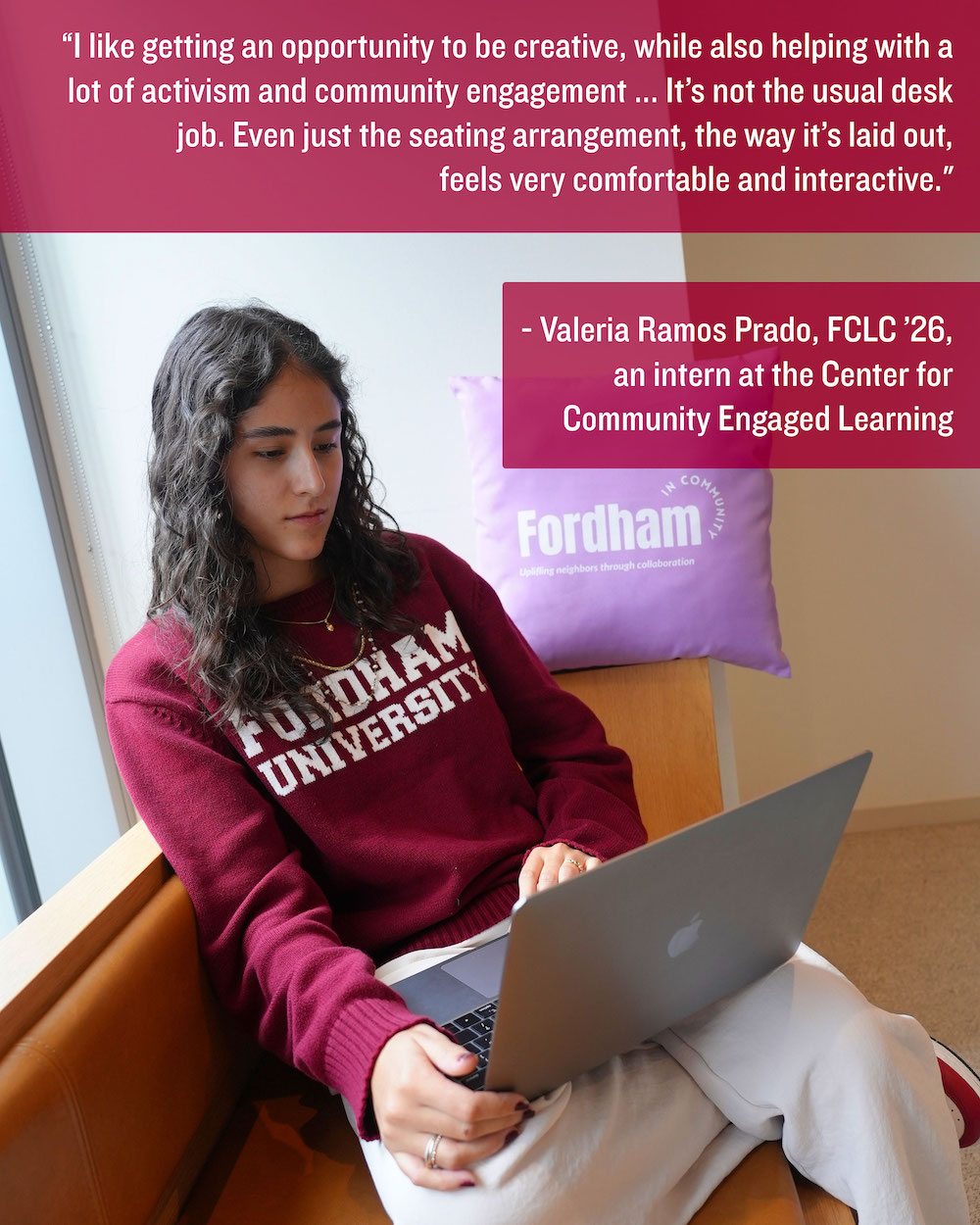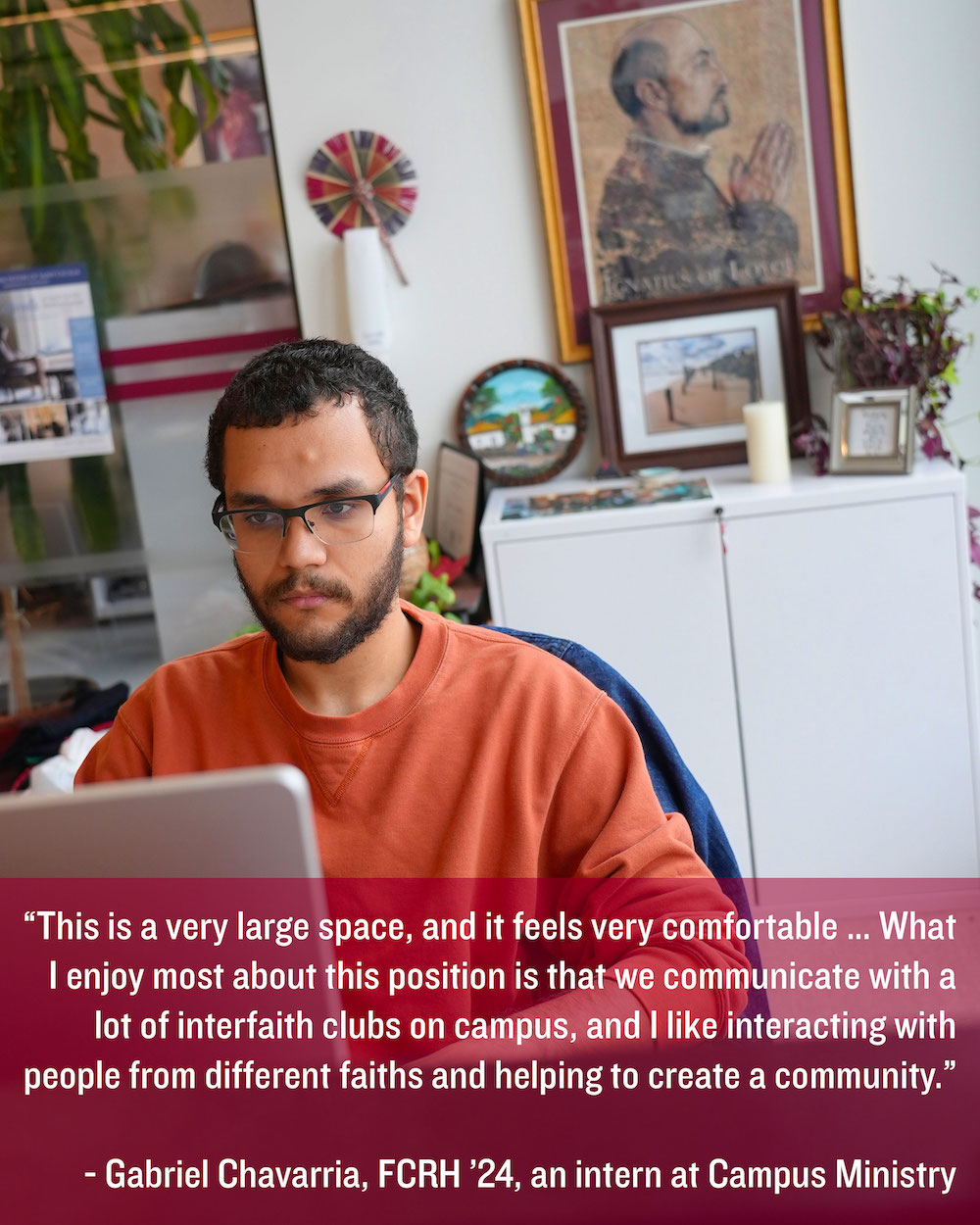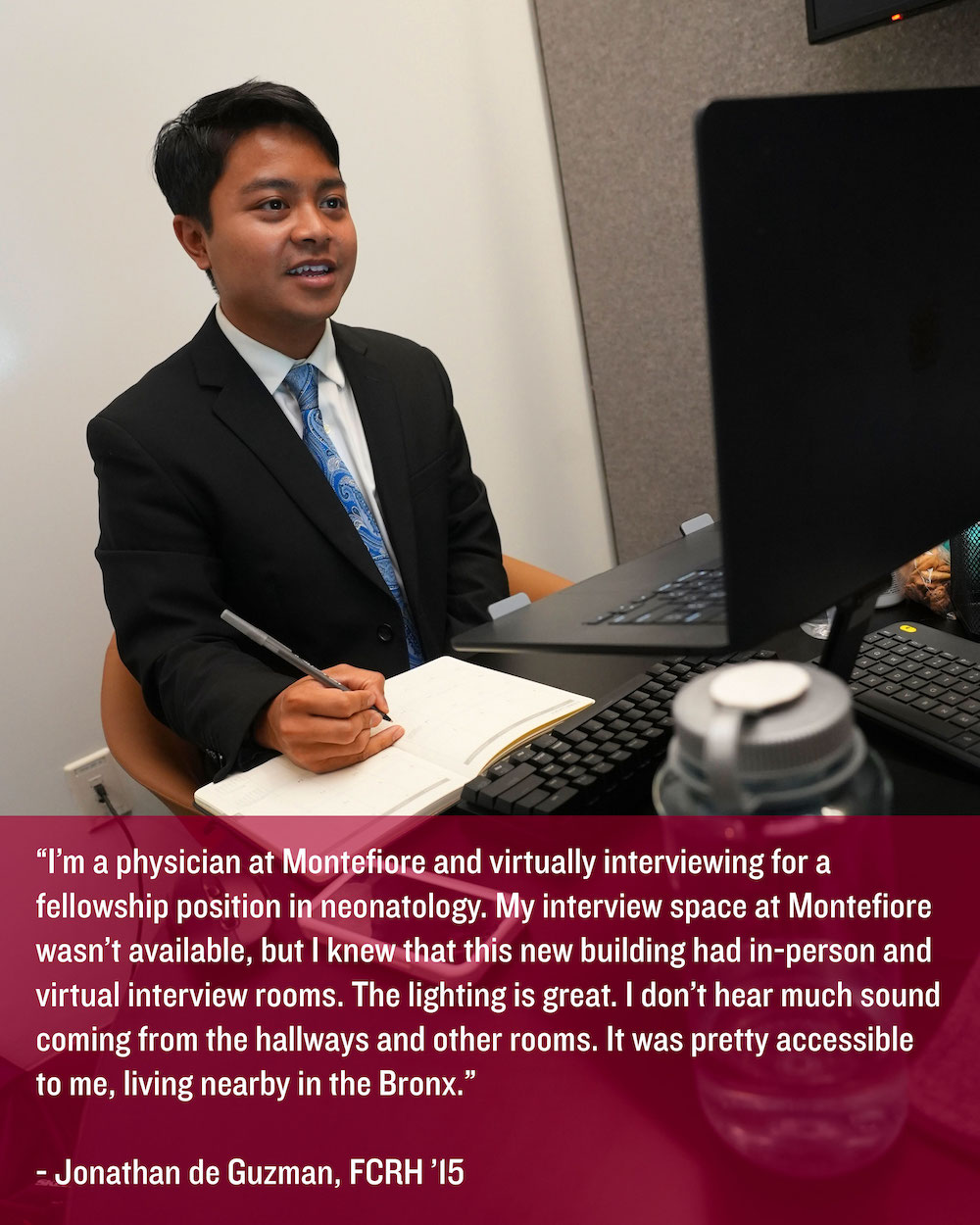After more than two years of hard work, their efforts have paid off. This year, there was both a men’s and women’s club volleyball team. The teams competed for the first time this fall—the women as a part of the Northeast Women’s Volleyball Club League and the men in the Eastern Collegiate Volleyball Association.
“It’s been amazing to see this grow from an idea into an actual club, and now an actual team that’s going to compete against other teams in the league,” said Fordham College at Rose Hill sophomore Mariano Chegwin, who played for the men’s side.
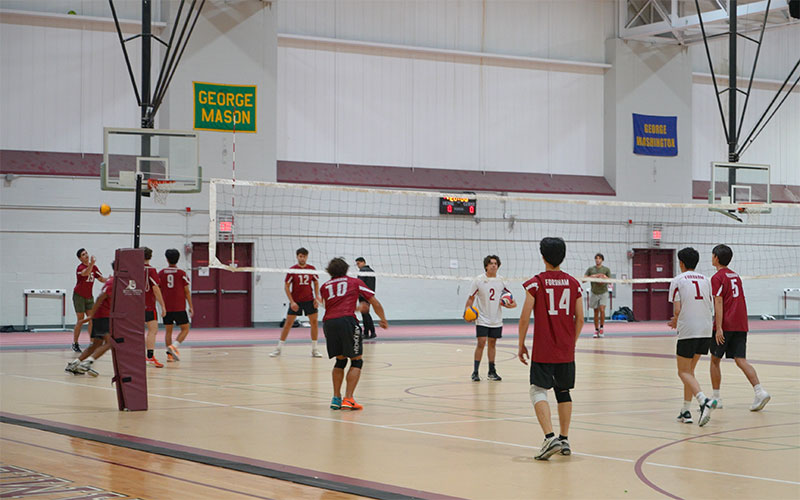
A Long Journey
Club sports, which fall between varsity and intramural sports in terms of competitiveness, provide students a chance to play at high levels against other schools throughout the country. But unlike their varsity counterparts, club sports don’t have their seasons planned out for them by their conferences. Those complex logistics fall to the participants and club directors, usually members of the athletic department who work with students to turn their ideas into reality.
“We would have regular meetings with the club director, and then they would review our plans with us and give us feedback,” Wong said about the initial process.
An application for a new club sport is comparable to a business plan, including specifics such as developing marketing and outreach strategies, creating potential tournament plans, arranging travel, deciding on executive leadership board duties, and more. This means that getting a club sport off the ground takes a little more effort than just fielding a team and hitting the court.
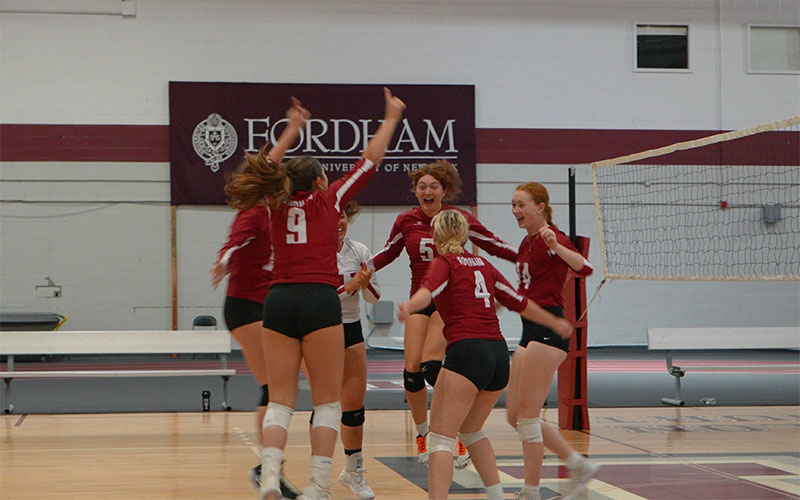
While established teams can draw on alumni or other existing resources, starting from scratch means that new club sport leaders have to be creative in their fundraising efforts.
Wong and Moran enlisted club treasurer, Fordham College at Rose Hill junior Elena Stoddard, to outline a plan for their first year. The trio organized pay-to-play volleyball tournaments on campus and hosted several bake sales to support the club’s expenses.
Those efforts made it all the sweeter when they were able to sport their new official jerseys this season.
Supporting Future Players
When Moran agreed to be a co-founder of the team, his original hope was just to have a place to play competitive volleyball. Now, more than halfway through his undergraduate career, he continues to devote his time to running practices and scheduling tournaments because he sees how much it means to everyone who has taken the journey along with him.
“Once we did start it, I think the longevity aspect was super important to us because we saw the community we were creating,” he said.
Moran and Wong know that many of the fruits of their labors will likely materialize long after they’ve already gone—and that’s OK by them.
“I don’t want this club to die,” Moran said. “Seeing the fact there are generations after us that we need to provide for, and keep their passion alive: that’s what motivates us the most.”
]]>
View this post on Instagram
First-year Fordham College at Rose Hill student Kamalani Soriano from Bethesda, Maryland, sat down with Daniel Kohn, a chemistry lecturer, to discuss campus life at Fordham and what it’s like to be in New York City.
“I really wanted to be in New York,” said Soriano, who debated whether she wanted to be directly in a big city or simply near one. “I think Fordham was a perfect culmination of both worlds. … It feels like home.”
She told Kohn that she’s had many opportunities to explore the city.
“I have had so many fun New York moments. I can’t even choose,” Soriano said. “It’s so interesting how the world just kind of moves around you here.”
Check out their conversation to learn more about their backgrounds and their Fordham experiences.
]]>After years of nonstop, high-level competition in some of the top youth leagues in the country, Garrett decided she needed a break.
“By the end of it, I was pretty burnt out,” she recalled.
It was a choice she initially felt confident in.
‘I Don’t Know Who I Am’
The first moment of doubt came in the dining hall.
“I was in line to get food and this girl comes up to me and says, ‘Oh is this a line that’s only for athletes?’ Maybe because of how I was dressed or something,” Garrett said. “So I just told her no I wasn’t. Then in my head I was like…‘but I am an athlete.”
For Garrett, her yearslong dedication to training and competing wasn’t just a lifestyle, but an integral part of who she was, particularly coming from a family of professional, All-American, and Division I athletes. Her father told her she’d regret giving up the sport. She hadn’t believed him until now.
“I remember calling my dad and telling him he was right—I don’t know who I am. I’m having an identity crisis,” she said.
The Perfect Balance
When Garrett saw a table for women’s soccer at the club fair the next day, she jumped at the opportunity.
“I didn’t even have my cleats because I didn’t plan on playing,” she said. “So I just showed up in my tennis shoes and went through the tryout on the turf, slipping around everywhere.”
Even before she officially made the team, Garrett knew she’d found a home.
The toxicity and high pressure of her youth soccer experience, she said, were replaced with a challenging but supportive environment.
“It was the perfect balance,” she said. “Everyone was really good and competitive, but they were also there to have fun.’’
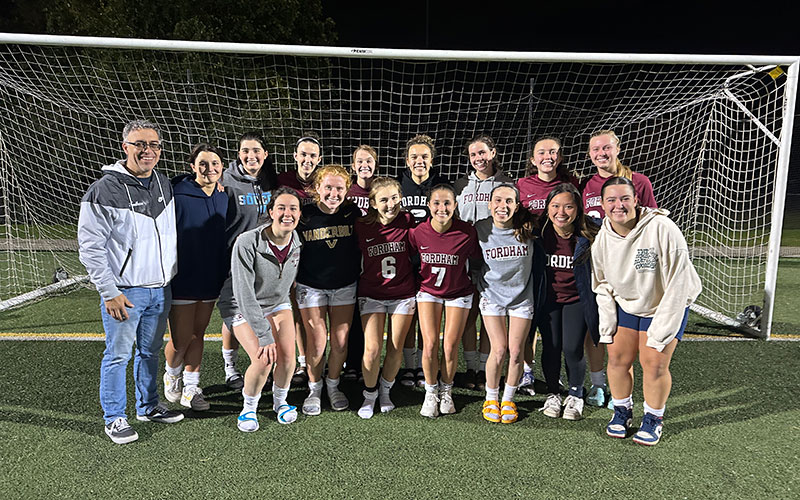
Making Connections
Now a junior, Garrett is not only a member of the team, but was one of four captains last fall, alongside seniors Dana DiBella, Alex Bedard, and Maria Marucci. Garrett said the bond between teammates is so strong because of how much the game has meant throughout each of their lives.
For one teammate in particular, sophomore Isabelle Damo, those bonds stretched back to her youth. Damo shared with her captains that a former coach who was formative in her early playing days, Patricio Meneses, Ph.D., was now an associate dean and professor in the biology department.
“She told us he might be interested in coaching our team, so we reached out over the summer and thought he was great, so we brought him in,” Garrett said. “He’s been a huge help.”
As Garrett continues to learn the various duties and responsibilities of running a club team, she said she can’t imagine her Fordham experience without club soccer.
“Without having that outlet, just being able to go run around, do my best, compete—a big part of myself would be missing,” she said. “You dedicate so much of your life to something that it just becomes like a part of you and who you are.”
Learn more about getting involved on campus at fordham.edu/clubs.
]]>Check out our video featuring Nushelle de Silva, a new faculty member in the art history department originally from Sri Lanka, and Matteo Torres, a first-year student from San Francisco who is studying at the Gabelli School of Business at Lincoln Center. They sat down with Fordham News to share some insights from their first few months and how they’ve come to find a second home here.
Additional reporting by Kelly Prinz.
]]>The first two phases of the campus center renovation are complete. The third phase, which will focus on the Marketplace dining area and other spaces, is scheduled to be completed in 2025.
Read more about the McShane Campus Center renewal and its impact on students.
]]>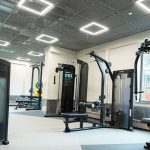
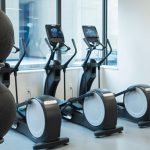
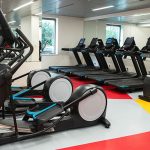
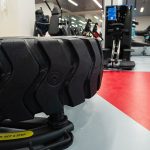
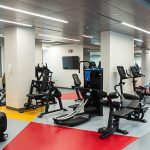


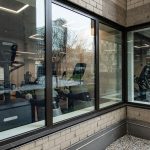 An expanded fitness center on the second floor of McMahon Hall opened this semester after a $4 million renovation, offering more space, more natural light, a variety of new workout equipment, and refurbished lockers and shower stalls.
An expanded fitness center on the second floor of McMahon Hall opened this semester after a $4 million renovation, offering more space, more natural light, a variety of new workout equipment, and refurbished lockers and shower stalls.
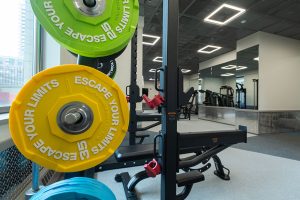
Instead of a single room, the new center now comprises four rooms. The original space now houses new cardio equipment and locker rooms, while a second space—built across from the original one—houses free weights and weightlifting machines. New windows looking onto the plaza were also added to both rooms, dramatically increasing the center’s visibility and access to natural light.
For cardio workouts, there are five treadmills, 10 elliptical bicycles that offer both recumbent and upright seating and large video screens and interactive programming, two rowing machines, and a stair climber.
For core workouts, there are six machines—a glute coaster, back extension, abs bench x3, rotary torso, vertical crunch, and the tire flip 180, which simulates the experience of lifting half a tractor tire. There are also free weights, medicine balls, and a boxing bag.

The weight room features free weights and 10 machines that can be used for multiple exercises. These include an FTS glide-functional training machine, a pulldown/row machine, pec fly/dec, leg curl/extension, a leg press, a bicep/tricep machine, an inner/outer thigh machine, a shoulder press, and a chest press.
The locker rooms were also completely rebuilt, with lockers constructed of heavy plastic instead of metal, and showers and stalls equipped with doors with airplane bathroom-style locks. Lockers are available to rent for all members of the Fordham community for $50 per semester, or $75 for the year. Those interested should contact the office of residential life at Lincoln Center at (212) 636-7100 or [email protected].
Two new studio rooms were also created, increasing the footprint of the center from 3,700 to 6,400 square feet. Those spaces were outfitted with specially designed floors and equipment that will appeal to those interested in barre, movement, yoga, and Pilates.
New Activities in New Spaces
Jenifer Campbell, Ed.D., dean of students at Lincoln Center, said that the spaces will allow for both an expansion of current programming, such as Ignatian yoga sponsored by the Department of Mission and Ministry, and new offerings that will be announced in the coming weeks.
“It gives students an opportunity to work out some of the frustrations and stress that they may have related to class and everyday life situations,” she said.
“It helps promote some of those healthier activities that they ought to be engaged in, and it’s convenient because they don’t have to go outside of the University to have that opportunity to exercise,” she said.
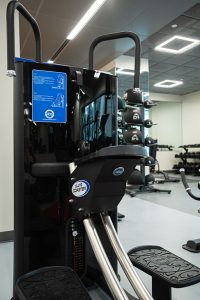
The University was able to expand into the space because Health Services and the COVID testing center, which previously occupied the area, were relocated to 140 W. 62 Street and the Lowenstein South Lounge, respectively. It opened to the University community on Jan. 17.
After soliciting feedback from students last year, Campbell turned to Joseph Scaltro, director of engineering services at Lincoln Center, and Sarah Bickford, administrator of fitness and recreation, to design the new center. Bickford helped design the Ram Fit Center that opened in the Joseph M. McShane, S.J., campus center last spring, so she had a good idea of how a similar facility at Lincoln Center should look.
Bickford said her goal was to make the space as intuitive and welcoming as possible. Some of that is accomplished by replacing bulky equipment with smaller, sleeker models with ample signage and QR codes that direct users to instructional videos.
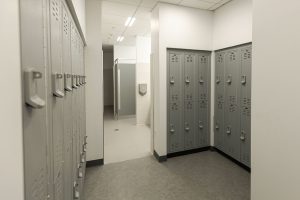
It’s also achieved by thoughtful consideration of layout and design touches like window screens that, when installed, will both shield exercisers from the sun glare and keep the facility from feeling like a fishbowl, with everyone on display.
“There are lots of things that come into play when you’re laying things out. It’s not about just putting machines down,” Bickford said.
“There are lots of other things, like the flooring and the lighting. What can people see? What are the privacy issues?”
Working to design the fitness center at Rose Hill made her realize that for students, the COVID pandemic had spurred them to rethink the purpose of a gym. It’s no longer just the place to bulk up and get fit.
“There are so many reasons why people come to the gym, and a big piece of that is mental health. That doesn’t mean you have to come for hours at a time—you could come in and just do a 20-minute workout. So, the less intimidating it is and the easier it is to come in, the better,” she said.
The center will be open from 7 a.m. to 10:30 p.m. Monday through Friday and 9 a.m. to 8:30 p.m. on the weekends. It will be closed for cleaning and restocking daily from 11 a.m. to 12 p.m. and from 5 p.m. to 6 p.m.
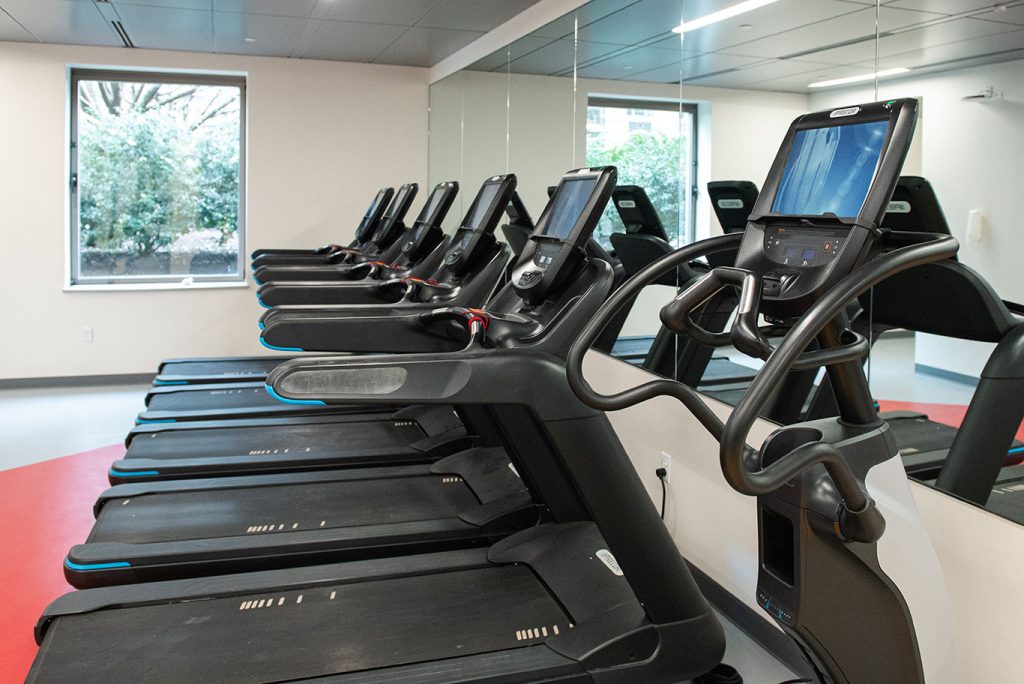
“The goal was actually to start using Spanish and nail it down—I learned it, but I never had the chance to use it and get better, so that was a major thing,” she said. “And then also, Granada, was the kind of place that I was looking for, with all the history and a very different culture.”
Tesoriero, who just completed her fall semester in the program, chose to also participate in a homestay in Granada, where she lived with a Spanish family and “really immersed myself in a different culture.”
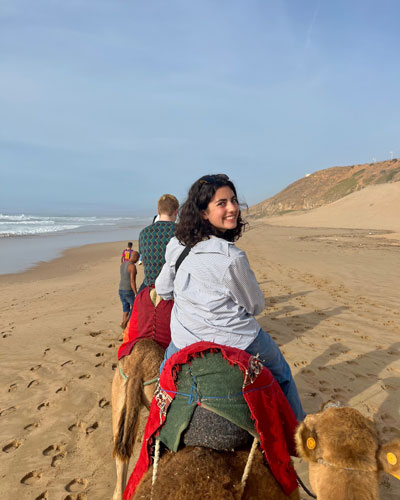
Tesoriero is part of a growing number of students who are choosing to participate in the Granada program, which is expecting its largest ever cohort of students, at least 44, in spring 2023, according to Joseph Rienti, director of the Office of Study Abroad.
But it’s not just the Granada program that’s seeing a growing interest from students, Rienti said. New changes in how study abroad is paid for are helping students access even more programs in different locations. And study abroad participation is returning to pre-COVID-19 numbers, according to Rienti, with about half of the undergraduate population choosing to study in one of 100+ programs across six continents.
“It’s a very significant development for Fordham that we can now offer 100+ programs for fall or spring semester at Fordham tuition,” he said. “[Students] can now use Fordham funding for the programs, so the vast majority can fully apply their financial aid packages.”
Previously only about 25 programs were able to accept Fordham tuition rates and financial aid packages, Rienti said. He said the expansion helps offer a “more equitable approach to study abroad.”
“It’s really refreshing to be able to have a conversation with a student and have the whole world being open to them,” he said.
Studying in Granada
Fordham in Granada is one of two Fordham-run study abroad programs, the other being Fordham London. Granada differs from the London program in that students are not at a Fordham campus. Rather, they take courses through the University of Granada and through a new partner, Cultural Experiences Abroad (CEA). However, the University still has more input than a traditional study abroad exchange program, Rienti said. For example, departments such as the history department, are working closely with their partners in Granada to develop “very Fordham-specific type courses” that the students can take while abroad.
The Granada program was recently restructured and enhanced, thanks to Fordham’s new partnership with the Cultural Experiences Abroad organization, which runs study abroad programs across the world. The University began working with CEA during the COVID-19 pandemic to provide virtual options from across the world to students, and the new partnership in Granada allows them to add even more offerings for Fordham students, both in and out of the classroom, he said.
“Through that collaboration, we can now offer the opportunity to do more internships in many more fields,” he said. “We’ve expanded housing options—students used to all have to live in homestays, but we’ve now expanded to include student residences, so students are living with international and Spanish students in Granada. And we’ve expanded the course options.”

Finley Peay, Fordham’s assistant director for London and Granada programs, said that many of the additional offerings have been in the STEM fields, particularly public health, as well as additional historical and cultural options.
“There is a public health and ecology course, as well as some culturally-oriented courses, so thinking about the history of Spain and the history of art in Spain, as well as key types of dance and music that are important for Spanish culture,” she said.
Tesoriero’s favorite course was a media studies and current events class, which she said she’s recommending to her classmates studying in Granada next semester.
“Everything we learned about in the class—from how the family is structured and family works in Spain to the political system—everything that we’ve learned in class I’ve been able to see out on the streets, which is really cool,” she said. “We had a whole unit talking about holidays in Spain and the different Christmas traditions, so it’s cool getting to see that now.”
The collaboration with CEA also expands the out-of-the-classroom experiences for students, such as weekend trips to Morocco or other parts of Spain.
“There’s a wide variety of cultural experiences and benefits, not only Granada, but Seville and visits to less-known, compelling places” Peay said. “We find students are very excited by that.”
Tesoriero said she thought “all of the trips that CEA put on were fantastic.”
“I think my favorite was Morocco, because it was so different. I had never been anywhere like that before.”
She also said that while student housing was now available to Fordham students, she’s glad she chose to live with a family.
“In Granada, my favorite thing is to sit in the plaza near my homestay and just watch people,” she said. “Living with my host family, I feel really lucky. I really wanted that immersive experience and I definitely have that local connection.”
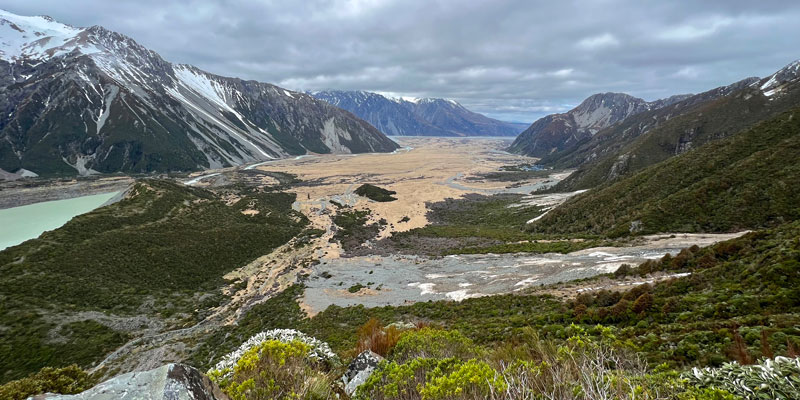
Broadening their Horizon
In addition to the growth of the Granada program, Rienti and Peay said that they’ve begun to see students looking for opportunities outside of the historically popular programs in Western Europe and parts of Asia.
Grace Dailey, a senior at Fordham College at Rose Hill majoring in environmental studies and communications, was one of those students; she spent the fall semester in New Zealand, which she said has fascinated her.
“It’s just such a naturally beautiful place and I’m an outdoorsy type of person, and they really have it all,” she said. “I thought, ‘what a good place to explore.’”
Dailey said that while she took mostly communications courses in New Zealand, such as photography and advertising, her favorite course was a sustainability course.
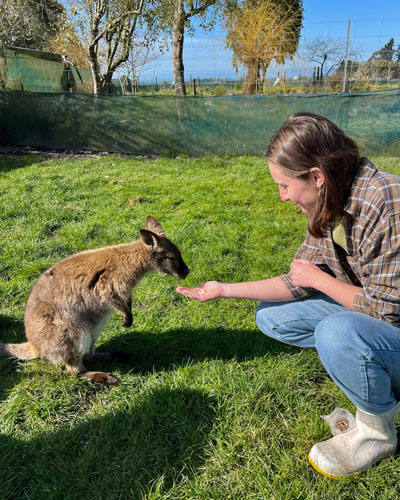
“I loved taking that while I was abroad, and it was such an exciting and very hands-on type [of course],” she said, adding that the professor was also an “outdoorsy person” who helped connect what they were learning to the natural environment.
Rienti said that he’s excited for the study abroad office to shift from the “emergency response” of the pandemic years into continuing to rebuild and grow the offerings for students.
One of the ways they’re encouraging more students to study abroad is shifting the application cycle, so students interested in studying abroad in fall 2023 or spring 2024 have to apply by March 1. This allows Rienti and his team to avoid turning students away because a program was full. For example, if the spring program has too many students, a student can then be shifted to the fall. He said that he hopes this change, combined with the financial aid shift and the expansion of offerings, will help more students study abroad.
“I encourage students to think about study abroad as a bridge to something,” he said. “What can this be a bridge to—internships, work abroad, scholarships—what could this lead to beyond being an end in itself?”
]]>I want to invite you to my favorite part of the academic year. For almost five centuries, since 1548 in Sicily, Jesuit universities have begun their fall semester with a Mass of the Holy Spirit. It is the moment we remind ourselves that the purpose of our work is so much bigger than the immediate tasks before us. And as we celebrate with 170 other Jesuit universities worldwide, we remember that we are part of an ancient and global tradition.
We have an exciting academic year ahead of us, and as I welcome you to campus—or back to campus—I invite you to two celebrations and hope you come to both. First, an interfaith prayer service at Lincoln Center on Wednesday, August 31, at 4:30 p.m. on the Plaza; and then the Mass of the Holy Spirit in the University Church at Rose Hill on Sunday, September 11, at 5 p.m. The University Choir will pull out all of the stops (that’s actually an organ metaphor, so it’s literally true here).
We are proudly a place of unabashed faith for people of every faith. We are a community that delights in the common themes of the world’s great religions—empathy and generosity, welcoming the stranger, celebrating fundamental human dignity. We do that not by diluting our different faiths into an ecumenical mush but by learning from each other’s rituals.
And for those of you not part of a religious tradition, or who have chosen otherwise, I hope you’ll come and be inspired by the rituals humankind have engaged in for millennia. We know that you come to many of the same values from a different source and appreciate your deep respect for what makes Fordham so special. We are grateful that, in an increasingly secular world, you connect with us as our full selves here, as people of goodwill of all faiths and none.
I hope to see you there, and to get to know you at the receptions thereafter.
All my best,
Tania Tetlow
President
Friday, February 4:
- No in-person classes will be held on campuses after 1 p.m.: online classes will proceed as planned. Deans and instructors may contact their students with further information about alternative arrangements for classes affected by this announcement;
- Staff who normally have in-person responsibilities should expect to report to campus or check with their managers;
- Community Dining at Lincoln Center and the Marketplace at Rose Hill will open as scheduled, but other venues may close early dependent upon demand and staff availability (check @ramdining on Instagram, Facebook, & Twitter for up-to-the-minute updates on Dining hours);
- University Health Services at Rose Hill will close at Noon and begin telehealth visits from 1 to 5 p.m.; Health Services at Lincoln Center will remain open until 5 p.m.
- All testing and vaccination sites at Rose Hill and Lincoln Center will close at 1 p.m.
- Counseling and Psychological Services will remain open on their normal schedules at Rose Hill and Lincoln Center;
- Walsh and Quinn Libraries will remain open until 9 p.m.; the Law Library will remain open until 9 p.m.; the Fordham Westchester Library will be closed.
- Ramfit at Rose Hill will be open on its normal schedule—the fitness center at Lincoln Center will remain closed;
- Ram Van service will end on Friday afternoon, with the last van departing from Lincoln Center at 2 p.m., and service will resume on Saturday at 7 a.m.
Please use caution while walking on campus, and avoid walking near or under large trees. To prepare for possible power outages, charge cell phone batteries, gather supplies, and turn your refrigerator and freezer to a colder setting. If you lose power, items that need refrigeration will stay cooler for longer. Local weather forecasts are imprecise, and the storm may be worse than predicted.
As always, members of the University community should take local conditions into account when traveling to or from campus. Faculty, students and staff should call any of the following numbers for the latest campus travel-related information:
- (718) 817-5555
- (212) 636-7777
- (800) 280-7669 [(800) 280-SNOW]
- (877) 375-4357 [(877) 375-HELP]
In an emergency, please call Fordham Public Safety at (718) 817-2222.
]]> Students, faculty, and staff who have difficulties with the process may email: [email protected].
Students, faculty, and staff who have difficulties with the process may email: [email protected].
As we prepare to return to campus for the spring semester, the University is adjusting its protocols in recognition of the current level of COVID-19 infections in New York City and across the country. We are taking the following additional precautions for the spring semester:
- The University is continuously monitoring the rate of new COVID-19 infections in New York City, and adapting its health and safety procedures accordingly.
- The University will perform surveillance testing on campus until the COVID-19 positivity rate routinely falls below an acceptable level (to be determined in coordination with our epidemiologist and public health experts). We will communicate details and timelines in the coming weeks.
- The University is requiring return-to-campus COVID-19 testing up to 72 hours prior to return, and no more than 5 days after.
- All campus fitness centers are closed through January 31, 2022.
- Spectators will not be allowed to attend athletic competitions, and eating and drinking is prohibited at athletic events until further notice.
- The University will continue to prohibit events for non-University groups.
- All indoor events in January at which food or beverages were to be served are cancelled; food and beverages may not be served at meetings in January.
- Eating and drinking is prohibited in all classrooms and instructional spaces (laboratories, libraries, etc…).
- Dining services will modify indoor dining as follows:
- Offer optional grab n’ go meals;
- Allow for limited indoor dining in the main cafeterias at Rose Hill and Lincoln Center with appropriate social distancing and density mitigation initiatives; and
- Prohibit indoor dining in retail spaces that are too small to accommodate social distancing.
- The University will consider expanding the use of other indoor spaces (such as lounge areas) for casual dining.
- Public Safety will supply free, high-performance KN95 masks to any individual who desires a higher level of protection.
- The University requires all students, faculty, and staff to receive COVID-19 booster shots before returning to campus in January, or as soon as medically allowable thereafter. See the policy update here.
- The University is making COVID-19 boosters and return to campus testing available for all eligible students, faculty, and staff. The testing and vaccine schedules are available on the COVID-19 Testing and Vaccine Resources page. (If you received a booster off campus, please upload your vaccination record to VitalCheck before answering the yes/no question on the daily VitalCheck attestation.)
Students, Faculty, and Staff who require COVID-19 testing, influenza (flu) or booster vaccinations prior to the University’s reopening might contact local pharmacies, including Mt. Carmel Pharmacy, at 705 E. 187th Street in the Bronx (718) 364-6100; 8 a.m. to 6 p.m.
Finally, please wear a mask in all indoor public spaces at all times.
Thank you for your cooperation in protecting the campus community.
Marco Valera
Vice President for Administration & COVID-19 Coordinator
]]>